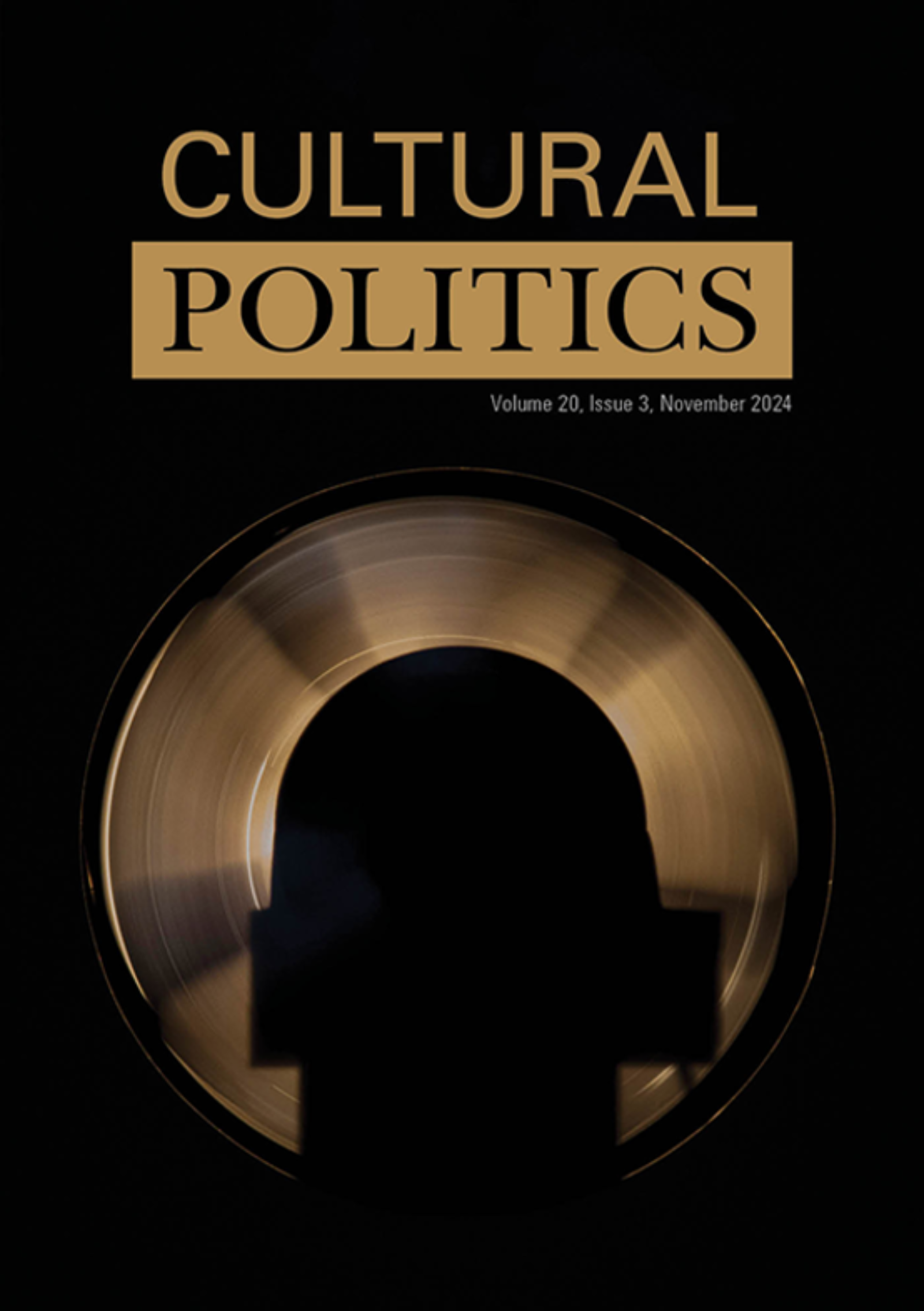Media and Chinese Studies scholar Zhen Cheng explores how “nonsense” acts as resistance during the pandemic crisis. In her article, “Do You Hear the People’s Nonsense? Performing Resistance in Pandemic-Era China,” she discusses Xiao Yang’s 2022 short video Farewell, Language and the 2022 White Paper Protests, both challenging China’s strict pandemic rules. Employing a combination of affective and phenomenological perspectives, Cheng posits a new definition of “nonsense” to not only include the absence of rational sense, but also entangled negative feelings of fatigue and powerlessness, and the experience of “non-sense,” a lack of physical sensations such as sight or hearing. She argues that the use of nonsense allows citizens and artists to evade government censorship and express resistance, because nonsense makes any centralized message impossible, and hinders accusations of subversion or opposition to state ideology from being made.
Farewell, Language features a group of people in protective suits walking down a silent and deserted alley, while a loudspeaker plays a random collection of commonly used phrases in government anti-pandemic announcements, creating an audio form of nonsense. Cheng argues that by parodying the authoritative delivery but also empty and arbitrary language that characterizes propaganda from Chinese state media, the filmmaker satirizes its lack of substance and evokes frustration from listeners. Paired with the deserted streets as a result of the government’s “dynamic zero-COVID” policy, which forced whole communities of COVID close contacts into strict home isolation, the video aims to echo people’s powerlessness towards having the policy imposed on them.
Later that year, citizens held public vigils for victims of a fire in Urumqi, which morphed into nationwide protests the government’s “zero-COVID policy.” Protesters used white paper as a symbol of resistance, so the protests were referred to as the “White Paper protests.” The symbol was nonsensical due to its apparent lack of meaning, but it was also thanks to this lack of meaning that protesters were able to assign their own agendas to it, which made the protests attractive to anyone with grievances towards the Chinese government or its COVID policies. Cheng adds that the nonsense of the blank papers functions similarly to rational ignorance, where protesters deliberately refuse to adopt a common objective to avoid triggering government censorship, a system that they know they cannot change.
In her article, Cheng identifies the innovative technique of nonsense in both political art and movements as a form of dissent in China, where freedom of speech is not guaranteed. The examples of Farewell, Language and the White Paper protest demonstrate that a lack of meaning can paradoxically give rise to numerous divergent meanings and unite masses. When discussing the absence of a unified meaning in these expressions of nonsense, Cheng writes, “In fact, they did not need one; all they needed was the shared irresistible urge to ‘express’ something—something that varies and yet unites, something that may be inarticulable in language, and something that best represented by a blank paper.”

Image Captions:
Cover image of Cultural Politics, vol. 20, no. 3, 1 Nov. 2024.Citation: Cheng, Zhen. “Do You Hear the People’s Nonsense? Performing Resistance in Pandemic-Era China.” Cultural Politics, vol. 20, no. 3, Nov. 2024, pp. 396–412. Project MUSE, https://muse.jhu.edu/article/945354. NON-FICTION, SCHOLARLY ARTICLE | CHINA. ll
Source Type: Scholarship on COVID-19 Studies
Country: China
URL: https://muse.jhu.edu/article/945354
Date: 01-Nov-2024
Keywords: Chinese News Media, Government Censorship, Nonsense, Pandemic Regulations, and White Paper Protests